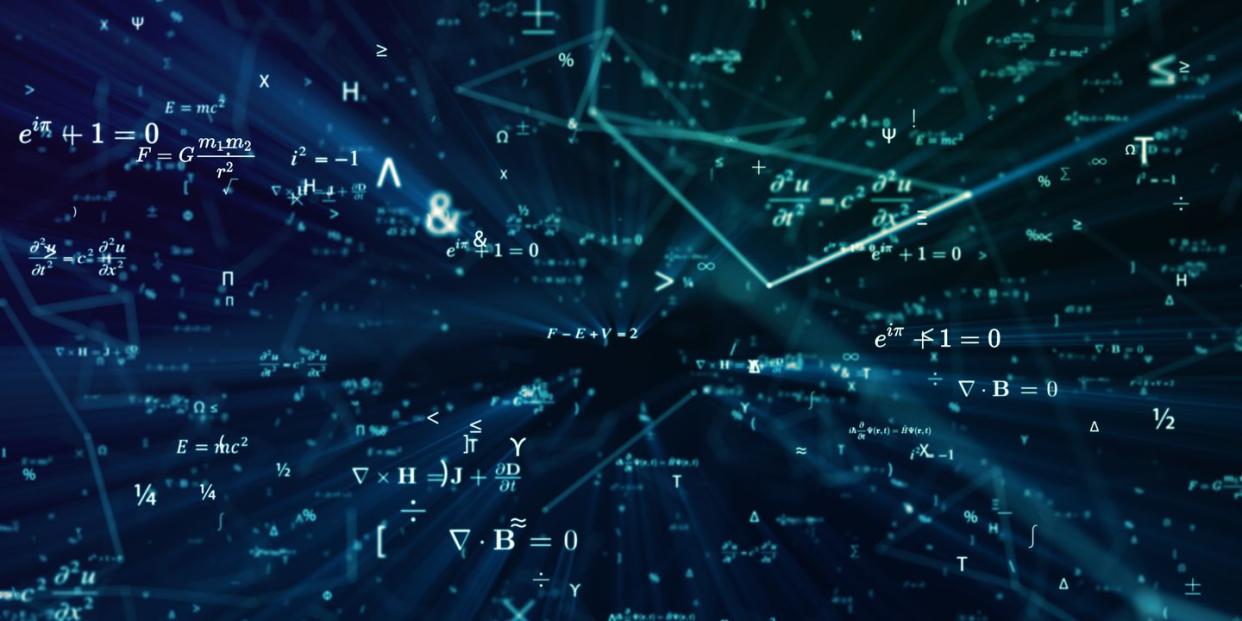After a 32-Year Search, Mathematicians Have Found the Elusive D(9) Number

Mathematicians have solved a 32-year-old problem.
They found what is known as the ninth Dedekind number, the latest in a set of numbers that follow a very specific set of rules.
The last Dedekind number to be found required use of the world’s most powerful supercomputer, and this one took new calculation methods and new hardware on top of a much-improved supercomputer to find.
Grappling with incredibly specific and complex problems may be the thing that mathematicians do best. And recently, all of that problem-solving seems to have born fruit. Bringing a 32-year-long quest to a close, mathematicians have discovered the ninth Dedekind number known as D(9).
A Dedekind number is not exactly easy to explain, but here’s the idea. Dedekind numbers come from a type of logic called a Boolean function. In a Boolean function, you only have two options for inputs that represent a “true” state and a “false” state, and two options for that represent the same things.
Dedekind numbers are calculated specifically using strings of a type of Boolean function called a monotone Boolean. “Basically, you can think of a monotone Boolean function in two, three, and infinite dimensions as a game with an n-dimensional cube,” Lennart Van Hirtum, who has been working to find D(9) since his master’s thesis and is one of the researchers behind this discovery, said in a press release.
“You balance the cube on one corner and then color each of the remaining corners either white or red. There is only one rule: you must never place a white corner above a red one. This creates a kind of vertical red-white intersection. The object of the game is to count how many different cuts there are,” Hirtum said.
It’s okay if that’s confusing. It’s complicated. It’s even complicated for computers—it took the world’s most powerful supercomputer (in 1991, but still—pretty powerful) to find D(8). It took an even more incredibly powerful supercomputer to find D(9), and even that still needed help. The breakthrough came in two pieces: a calculation method called the P-coefficient formula, which allowed D(9) to be calculated as a sum rather than directly, and highly specific hardware called field programmable gate arrays.
“In our case, by exploiting symmetries in the formula, we were able to reduce the number of terms to ‘only’ 5.5*1018—an enormous amount. By comparison, the number of grains of sand on Earth is about 7.5*1018, which is nothing to sneeze at, but for a modern supercomputer, 5.5*1018 operations are quite manageable,” Van Hirtum said in a press release. With the right hardware, that is.
Once the programming and machine were set and ready to go, the supercomputer still needed about five entire months to run the calculation. But it did manage the feat, and when it was done, the researchers finally had an answer to their question. D(9) is now a known quantity: 286,386,577,668,298,411,128,469,151,667,598,498,812,366.
Seeing the number makes it make a little more sense why finding it was so difficult.
This discovery lays to rest a 32-year-old question. And as for D(10), who knows if we’ll ever find it. We may just need to be happy with D(9) for a while.
You Might Also Like
